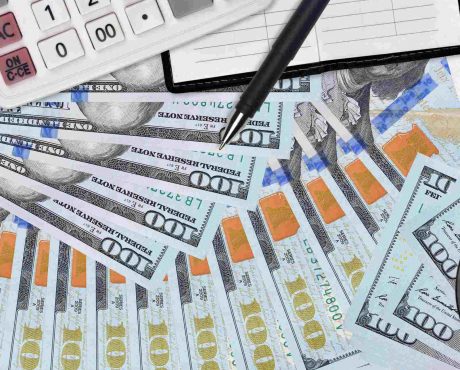One High-Yield Stock to Think About
Generally speaking, beaten-down energy stocks are not exactly the safest bets. But if you’re looking for yield, this sector is one of the few places in the current market where you can find oversized payouts.
Check out Holly Energy Partners, L.P. (NYSE:HEP), for instance. Headquartered in Dallas, TX, it’s a master limited partnership (MLP) created by HollyFrontier Corp (NYSE:HFC) in 2004.
Today, Holly Energy Partners has a portfolio of petroleum product and crude oil gathering pipelines, storage tanks, and terminals. With these assets, the MLP provides petroleum product and crude oil transportation, terminaling, storage, and throughput services to the petroleum industry, including HollyFrontier’s subsidiaries.
At the time of this writing, Holly Energy Partners stock is trading at $14.09 per unit, which is about 38.7% lower than where it was a year ago. So, it’s a beaten-down energy stock.
But as I said, this sector could be a place for yield hunters to check out. In the case of HEP stock, it has a quarterly cash distribution rate of $0.35 per unit, which translates to a staggering annual yield of 9.9%.
Just think about that for a second. We’re currently in an environment where a 10-year U.S. Treasury note yields 1.1% and the average S&P 500 company pays a measly 1.5% in dividends. And yet, an out-of-favor energy stock is providing a yield approaching the double-digit mark. (Source: “S&P 500 Dividend Yield,” multpl.com, last accessed February 3, 2021.)
Now, I should point out that, like most ultra-high yielders, Holly Energy Partners stock is not perfect. In early 2020, the partnership reduced its quarterly distribution rate from $0.6725 to $0.35 per unit. (Source: “Distribution History,” Holly Energy Partners, L.P., last accessed February 3, 2021.)
Given what was happening to the energy sector—and the overall economy—at the time, dividend cuts were not uncommon. But to income investors, a lower cash distribution certainly wasn’t good news.
As mentioned earlier, HEP stock has tumbled over the past year. So, despite a sizable cut to the payout, the partnership remains an ultra-high yielder.
Here’s the neat part: based on its latest financial results, the partnership is more than capable of supporting its current payout level. You see, Holly Energy Partners generated $76.9 million in distributable cash flow in the third quarter of 2020. That’s up $8.1 million, or 11.7%, compared to a year earlier. (Source: “Holly Energy Partners, L.P. Reports Third Quarter Results,” Holly Energy Partners, L.P., November 4, 2020.)
This allowed the partnership to achieve a distribution coverage ratio of 2.1 times for the third quarter. In the first nine months of 2020, the MLP also managed to cover its payout more than twice over.
Furthermore, with excess cash flow, Holly Energy Partners continued to pay down its revolving credit facility in the third quarter. Going forward, reducing leverage remains one of the partnership’s priorities.
Bottom Line on Holly Energy Partners, L.P.
Of course, in the volatile energy world, nothing is carved in stone. But when the partnership announced its latest distribution in January, it said, “In 2021, HEP expects to hold the quarterly distribution constant at $0.35 per unit, or $1.40 on an annualized basis. We remain committed to our distribution strategy focused on funding all capital expenditures and distributions within free cash flow and maintaining distributable cash flow coverage of 1.3x or greater with the goal of reducing leverage to 3.0-3.5x.” (Source: “Holly Energy Partners Announces Quarterly Distribution of $0.35 Per LP Unit,” Holly Energy Partners, L.P., January 22, 2021.)
At this point I’d like to remind you once again that energy investing can come with substantial risk. But if Holly Energy Partners, L.P. can maintain its current distribution level—as it plans to do—Holly Energy Partners stock will be worth a serious look for yield-seeking investors.
